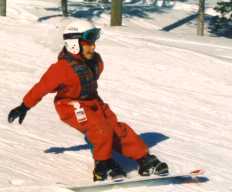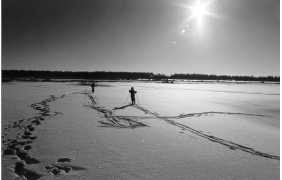In Finland Easter is between
22.3. and 26.4. The word "pääsiäinen"
(Easter) means getting away from fasting. It also means Christ getting
away from the grave and the people of Israel getting away from slavery in
Egypt.
the spring starts,
and small yellow cats
climb up in the willows.
The cock with yellow head
lays bright coloured eggs,
when the Easter comes
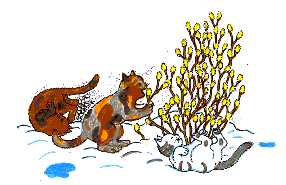
FAST
The time of fast starts 40 days before Easter. During that period people
should live in a simple way. Some people eat only fish and vegetables.
THE EASTERWEEK
All the days during the Easterweek have a special name:
palmusunnuntai
malkamaanantai
tikkutiistai
kellokeskiviikko
kiirastorstai
pitkäperjantai
lankalauantai
pääsiäissununtai
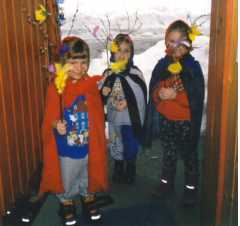
If you cut the wool of the sheep on Monday (malkamaanantai) they
would grow a lot of wool next year. If you cut the hair of girls on Monday,
it would grow faster.
On Tuesday (tikkutiistai) people used to carve sticks for making the fire. These sticks would guarantee good luck.
On Wednesday (kellokeskiviikko) people used to put bells hanging on cows' necks to scare away the Easter witches.
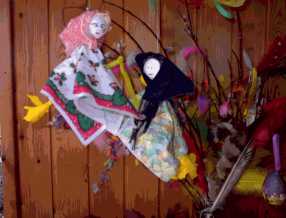
Thursday has been the cleaning
day. In the old days people made smoke and a lot of noise
in the yards to scare away the evil. We have Holy Communion on
Thursday, too. People used to think that if the weather was good on "kiirastorstai",
the next summer would be good for fishing.
Friday and Saturday (pitkäperjantai, lankalauantai) are the worst days of the whole year. Jesus was still in the grave. The bad spirits are moving around. In the old times it was not allowed to visit even the closest neighbours. People didn't heat their houses and they ate only cold food. Milk and crean were forbidden and you couldn't laugh so your teeth would show. Nowadays many people go to church on Thursday and Saturday.

Easter was the time of many omens.
For example, you got the personality of the first animal you saw on
Eastermorning for the whole next year. If you saw a cow, you would become
lazy, if a horse you would be very strong for the next year...
People used to climb on the roof to watch the sun dance.
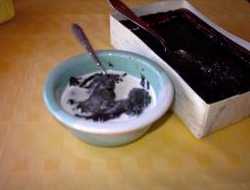
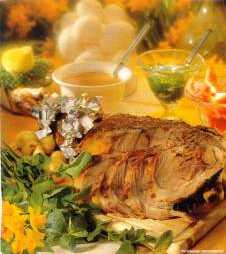
Many families eat roast sheep. It reminds us of the
last meal of Christ.
Pasha is made of baker’s cheese, cream and spices. It gets its nice
shape in a wooden mold.
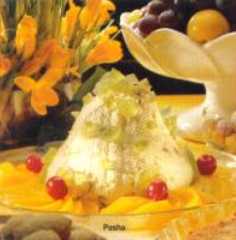
Easter eggs are the symbols of the birth of life. You were not allowed to eat eggs during the fast, so there were quite a lot of eggs to eat on Easter. We paint our Easter eggs with beautiful colours and ornaments. We also decorate
the Easter table with grass that has been sowed earlier in small bowls.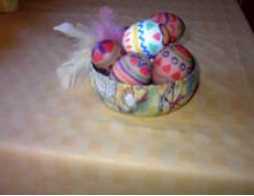
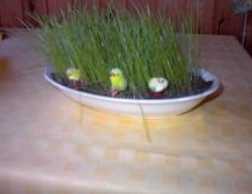
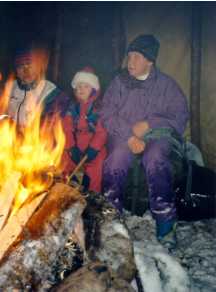
Nowadays Easter is the best time for winter sports. Many people travel to Lapland to enjoy cross country skiing and downhill skiing. It is also a good time to go to the summer cottage or the cabin. We enjoy the sunny days and the sparkling white snow of the early spring.
